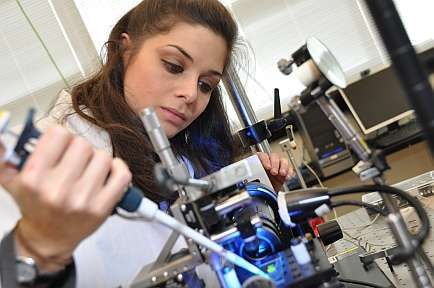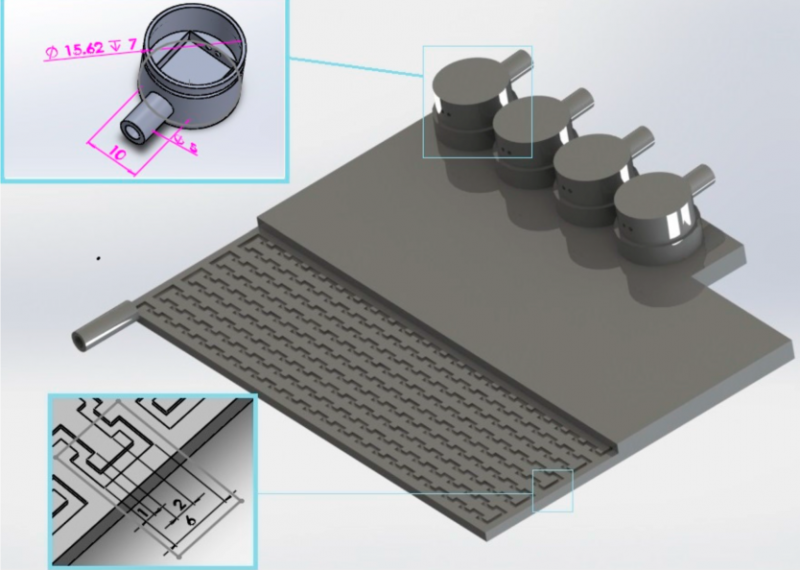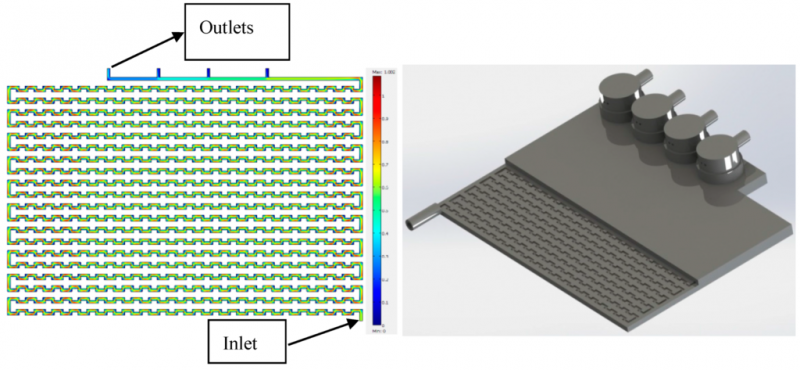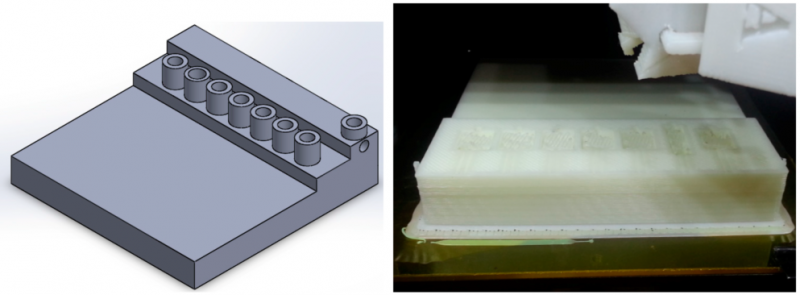Researchers Test 3-D-printed Water Quality Sensor
Published on by Water Network Research, Official research team of The Water Network in Technology
Researchers at UBC's Okanagan campus have designed a tiny device —built using a 3D printer—that can monitor drinking water quality in real time and help protect against waterborne illness.
Prof. Mina Hoorfar, Director of the School of Engineering, says new research proves their miniaturized water quality sensors are cheap to make, can operate continuously and can be deployed anywhere in the water distribution system.

Image: Professor Mina Hoorfar, Director of UBC Okanagan's School of Engineering.
Image credit: UBC Okanagan
"Current water safety practice involves only periodic hand testing, which limits sampling frequency and leads to a higher probably of disease outbreak," says Hoorfar. "Traditional water quality sensors have been too expensive and unreliable to use across an entire water system."
Until now, that is. Tiny devices created in her Advanced Thermo-Fluidic lab at UBC's Okanagan campus, are proving reliable and sturdy enough to provide accurate readings regardless of water pressure or temperature. The sensors are wireless, reporting back to the testing stations, and work independently—meaning that if one stops working, it does not bring down the whole system. And since they're made using 3D printers, they are fast, inexpensive and easy to produce.

Design of UBC’s water sensor. Image via Sensors journal

Design of the the narrow serpentine channel and its position seen in a cutaway image of the device. Image via Sensors journal

"This highly portable sensor system is capable of constantly measuring several water quality parameters such as turbidity, pH, conductivity, temperature, and residual chlorine, and sending the data to a central system wirelessly," she adds. "It is a unique and effective technology that can revolutionize the water industry."
While many urban purification plants have real-time monitoring sensors, they are upstream of the distribution system. Often, Hoorfar notes, the pressure at which water is supplied to the customer is much higher than what most sensors can tolerate. But her new sensors can be placed right at or within a customer's home, providing a direct and precise layer of protection against unsafe water.
Source: Phys.org
Media
Taxonomy
- Technology
- Water Quality
- Water Quality Monitoring
- Water Quality Monitoring
- Technologies